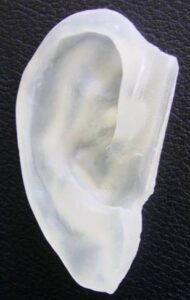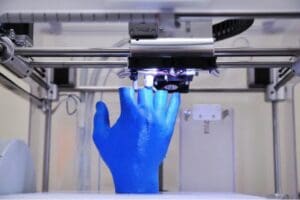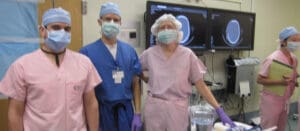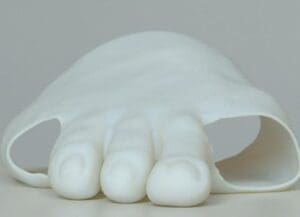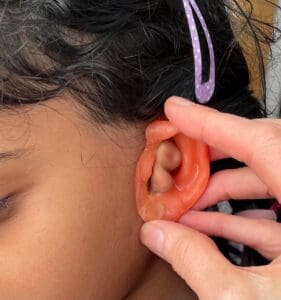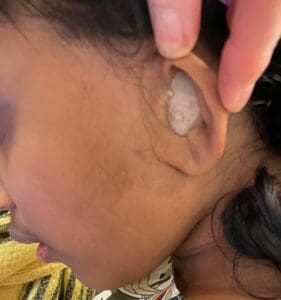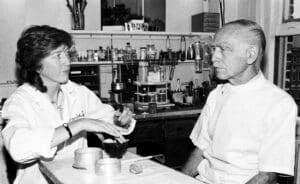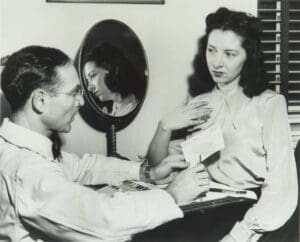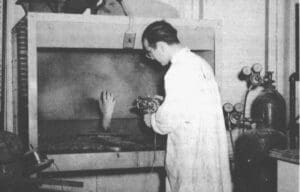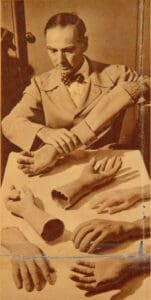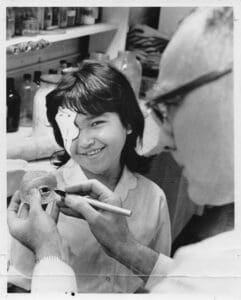About Us
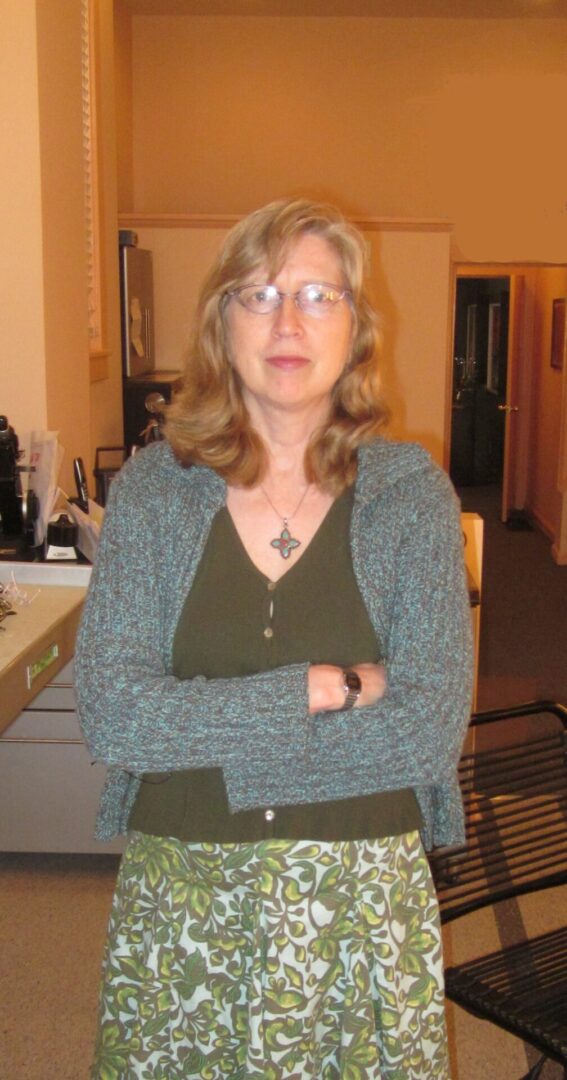
Paula J. Sauerborn, MA, CCA
Paula Sauerborn, MA, CCA, has specialized in finely detailed custom facial and somato (hand and body) prostheses for over 35 years. She is highly skilled in the most advanced prosthetic techniques and is commited to creating functional, durable and aesthetically beautiful prostheses for her patients individual needs. Her Baltimore-based practice is one of the oldest, continually operating facial and somato prosthetic firms in the country.
Paula provides prosthetic restorations for a national and international patient base. Among the diverse patient population that she serves, she brings a combination of artistic and technical acuity to the design and faithful replication of highly realistic craniofacial and somato prostheses.
Osseointegrated implant-retained prostheses frequently provide a viable alternative to surgical reconstruction. Using a team approach for patient care, Paula works with physicians in private practice as well as surgeons within institutions, such as Johns Hopkins, University of Maryland and Greater Baltimore Medical Center.
Paula believes that learning is a life long process and regularly participates as well as instructs continuing medical education courses. She stays current with advanced technologies and has a special interest in fabrication of 3 dimensional rapid prototyping models and surgical templates from imaging data as well as materials research.
Paula has been actively involved as a member of International Anaplastology Association (IAA) since 1987, and has served as President as well as on its Board of Directors. She attends numerous other professional conferences relevant to her field. She presents lectures and workshops both nationally and internationally.
Advanced technologies
The Center for Prosthetic Restoration, Inc. utilizes an array of advanced technologies throughout the workflow process --from initial patient assessment to the ultimate creation of a custom patient-specific prosthesis. We work with numerous scanning and 3 dimensional printing methods to facilitate accurate patient models.
OSSEOINTEGRATION
For patients receiving titanium bone-anchored implants retention systems, we work in collaboration with multi-disciplinary team to plan the placement of implants to create the best possible patient outcomes. The components within the prosthesis that interface with the bone-anchored implants are reverse engineered to fit discreetly within the confines of the shape of the prosthesis. The prosthesis is securely retained via specially designed magnets (or a gold bar and clips system in some cases.
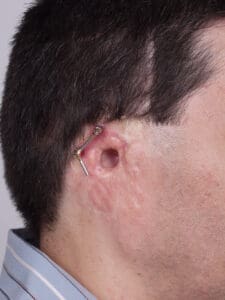
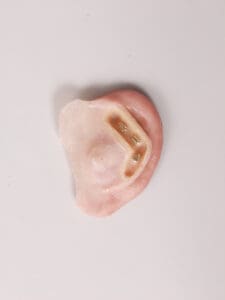
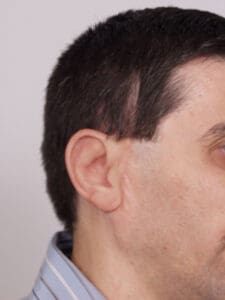
REVERSE ENGINEERING
Children born with a facial or somatic difference can benefit from the non-invasive fitting of custom prosthesis. 3D Reverse engineering an ear prosthesis to accommodate a microtia patient’s smaller ear achieves symmetry in school-age children born with this condition. This type of fitting reveals the exact position of the microtic remnant in relation to the contralateral sound ear.
Custom prosthetics are a viable treatment that facilitates the child’s long-term treatment plan --which may include surgical procedures at a later date in the child’s development. The lived knowledge of what a prosthesis can achieve clarifies future paths for the family and the multi-disciplinary healthcare team.
Prosthetic innovation since 1947 Founder Felix B. Weinberg
Felix Weinberg founded the facial and somato prosthetic clinical practice in 1947. He had the good fortune to begin his career post-WWII, a time that is considered to be the dawn of the age of modern prosthetics. His background was in fine arts. He received his post graduate degree in sculpture from the Maryland Institute of Art, Reinhart School of Sculpture in 1934. He continued his studies at the Cranbrook Academy of Art in Michigan under sculptor Carl Milles. As an artist he enjoyed working figuratively in minute detail; this propensity was illustrated by his many miniature-sized portraits.
During World War II he served in the Army as a medical artist in the operating theatre. The experience changed the course of his life. He was deeply affected by the need for somato restorations of all types, as a result of the war. Upon his return to the United States, he continued his education at the University of Maryland Medical School under Dr. Carl Dame Clarke, Director of the Department of Art as Applied Medicine.
In the late 1940's the Veterans Administration in cooperation with the University of Maryland, created a prosthetic research laboratory to help veterans cope with their losses from the war. It was here that Felix Weinberg found his niche. He was co-inventor of the process that produced the first seamless resilient vinyl plastisol hands from electroplated molds. He co-authored articles outlining the technique which were published in the Archives of Surgery in 1947 and 1949. This technique was widely used in the production of stock hands for half a century.
Mr. Weinberg further refined his prosthetic technique during his long career, within his own prosthetics practice in Baltimore, Maryland. He custom formulated many of the materials he worked with; continually testing for improved quality of the end product. In addition to facial prostheses, he provided the medical community with a wide array of somato prostheses: hand prostheses, custom tracheostomy tubes, breast prostheses, shoulder prostheses, and cosmetic limb restorations for the many polio victims of the time, as well as medical education models.
Because of his expertise in working with vinyl, Mr. Weinberg was commissioned in 1957 by the National Wax works Museum of American History to cast the original head and hands of the historical figures in both Washington D.C. and Gettysburg, PA museums. At the time this was a new approach to the traditional wax figures.
Felix Weinberg derived a great deal of satisfaction from his work as he believed that "to restore the appearance of a disfigured person is to restore the person himself." He was a humble man with a gentle nature who dedicated the better part of his life to his patients and to the advancement of esthetic prosthetic devices.


